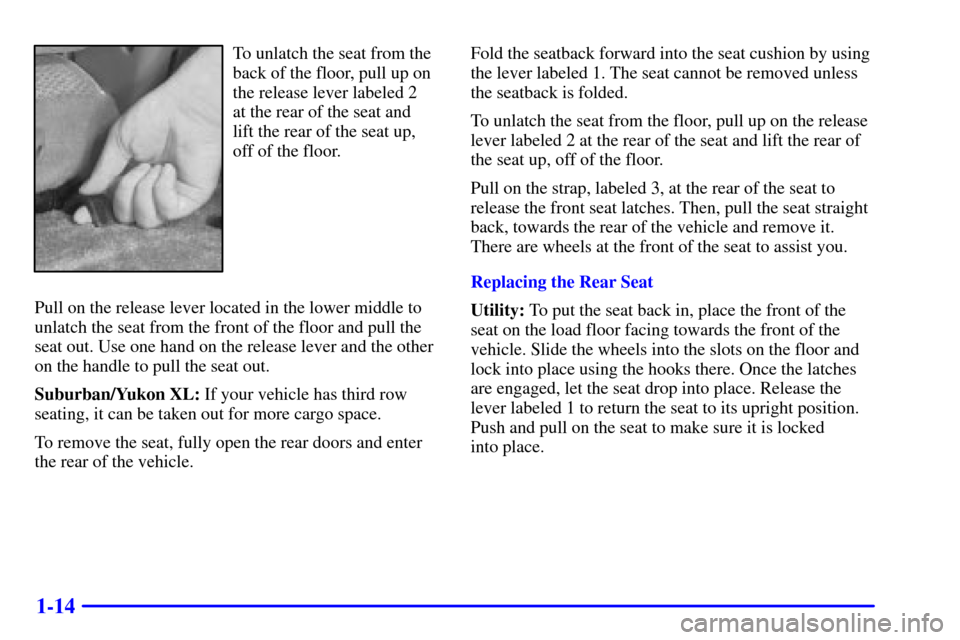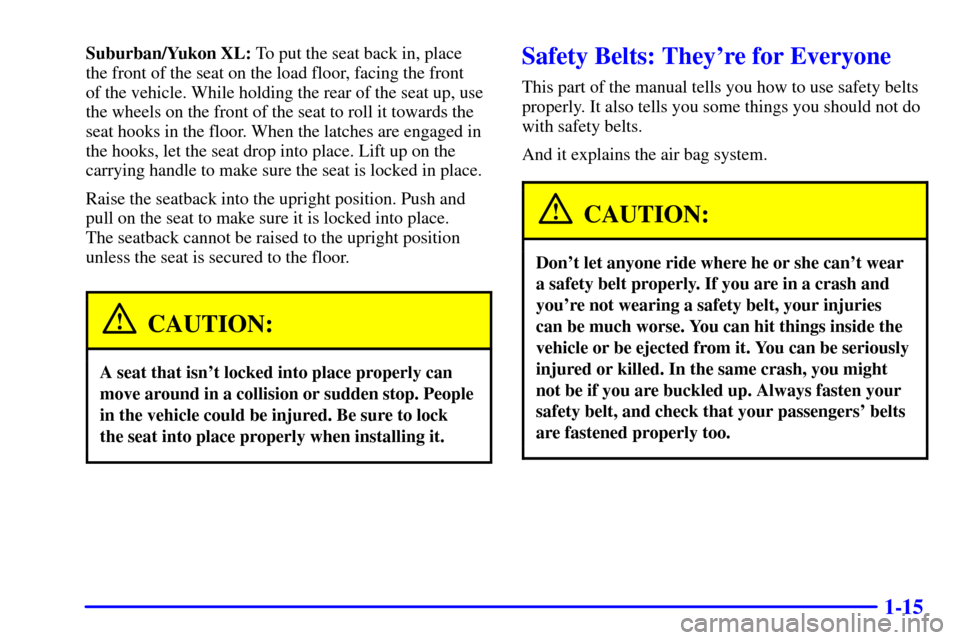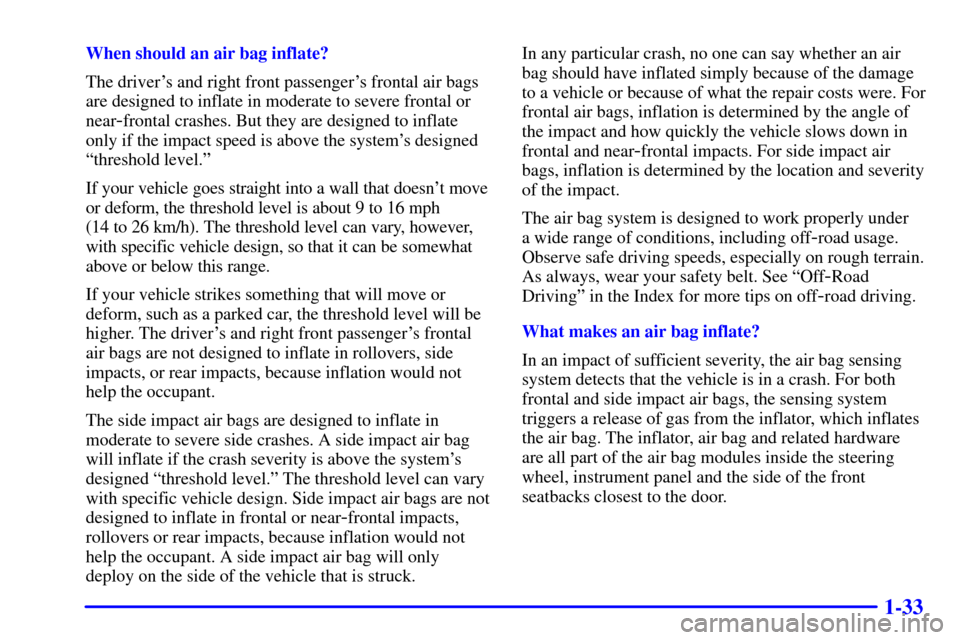Page 4 of 419
Table of Contents
Windows
Keys and Door Locks
Keyless Entry System (If Equipped)
Liftgate
Automatic Transmission
Four-Wheel Drive (If Equipped)
Parking Brake
Tilt Wheel (If Equipped)
Turn Signal/Multifunction Lever
Windshield Wipers
Cruise ControlExterior and Interior Lamps
Mirrors
Storage Compartments
Convenience Net/Cargo Cover/Luggage Carrier (If Equipped)
Accessory Power Outlets
OnStar® System (If Equipped)
Sunroof (If Equipped)
HomeLink® Transmitter (If Equipped)
Instrument Panel, Warning Lights and Gages
Message Center Seats and Seat Controls
Safety BeltsAir Bag Systems
Restraint Systems for Children
Section
1
Section
2
Seats and Restraint Systems
Features and Controls
ii
Page 6 of 419
Table of Contents (cont'd)
Maintenance Schedule Service and Appearance Care
Section
7
Section
6
Scheduled Maintenance
Owner Checks and Services
Periodic Maintenance InspectionsRecommended Fluids and Lubricants
Maintenance Records Windshield Wiper Blade Replacement
Tires and Wheels
Appearance Care
Electrical System/Fuses and Circuit Breakers
Capacities and Specifications
Normal Maintenance Replacement Parts Fuel
Checking Fluids and Lubricants
GM Oil Life System™
Engine Air Cleaner/Filter
Passenger Compartment Air Filter (If Equipped)
Brakes
Bulb Replacement
iv
Page 27 of 419

1-14
To unlatch the seat from the
back of the floor, pull up on
the release lever labeled 2
at the rear of the seat and
lift the rear of the seat up,
off of the floor.
Pull on the release lever located in the lower middle to
unlatch the seat from the front of the floor and pull the
seat out. Use one hand on the release lever and the other
on the handle to pull the seat out.
Suburban/Yukon XL: If your vehicle has third row
seating, it can be taken out for more cargo space.
To remove the seat, fully open the rear doors and enter
the rear of the vehicle.Fold the seatback forward into the seat cushion by using
the lever labeled 1. The seat cannot be removed unless
the seatback is folded.
To unlatch the seat from the floor, pull up on the release
lever labeled 2 at the rear of the seat and lift the rear of
the seat up, off of the floor.
Pull on the strap, labeled 3, at the rear of the seat to
release the front seat latches. Then, pull the seat straight
back, towards the rear of the vehicle and remove it.
There are wheels at the front of the seat to assist you.
Replacing the Rear Seat
Utility: To put the seat back in, place the front of the
seat on the load floor facing towards the front of the
vehicle. Slide the wheels into the slots on the floor and
lock into place using the hooks there. Once the latches
are engaged, let the seat drop into place. Release the
lever labeled 1 to return the seat to its upright position.
Push and pull on the seat to make sure it is locked
into place.
Page 28 of 419

1-15
Suburban/Yukon XL: To put the seat back in, place
the front of the seat on the load floor, facing the front
of the vehicle. While holding the rear of the seat up, use
the wheels on the front of the seat to roll it towards the
seat hooks in the floor. When the latches are engaged in
the hooks, let the seat drop into place. Lift up on the
carrying handle to make sure the seat is locked in place.
Raise the seatback into the upright position. Push and
pull on the seat to make sure it is locked into place.
The seatback cannot be raised to the upright position
unless the seat is secured to the floor.
CAUTION:
A seat that isn't locked into place properly can
move around in a collision or sudden stop. People
in the vehicle could be injured. Be sure to lock
the seat into place properly when installing it.
Safety Belts: They're for Everyone
This part of the manual tells you how to use safety belts
properly. It also tells you some things you should not do
with safety belts.
And it explains the air bag system.
CAUTION:
Don't let anyone ride where he or she can't wear
a safety belt properly. If you are in a crash and
you're not wearing a safety belt, your injuries
can be much worse. You can hit things inside the
vehicle or be ejected from it. You can be seriously
injured or killed. In the same crash, you might
not be if you are buckled up. Always fasten your
safety belt, and check that your passengers' belts
are fastened properly too.
Page 30 of 419
1-17 Why Safety Belts Work
When you ride in or on anything, you go as fast as it goes.
Take the simplest vehicle. Suppose it's just a seat on wheels.
Put someone on it.
Page 44 of 419
1-31 How the Air Bag Systems Work
Where are the air bags?
The driver's frontal air bag is in the middle of the
steering wheel.
The right front passenger's frontal air bag is in the
instrument panel on the passenger's side.
The driver's side impact air bag is in the side of the
driver's seatback closest to the door.
Page 45 of 419
1-32
The right front passenger's side impact air bag is in the
side of the passenger's seatback closest to the door.
CAUTION:
If something is between an occupant and an air
bag, the bag might not inflate properly or it
might force the object into that person. The path
of an inflating air bag must be kept clear. Don't
put anything between an occupant and an air
bag, and don't attach or put anything on the
steering wheel hub or on or near any other air
bag covering and don't let seat covers block the
inflation path of a side impact air bag.
Page 46 of 419

1-33
When should an air bag inflate?
The driver's and right front passenger's frontal air bags
are designed to inflate in moderate to severe frontal or
near
-frontal crashes. But they are designed to inflate
only if the impact speed is above the system's designed
ªthreshold level.º
If your vehicle goes straight into a wall that doesn't move
or deform, the threshold level is about 9 to 16 mph
(14 to 26 km/h). The threshold level can vary, however,
with specific vehicle design, so that it can be somewhat
above or below this range.
If your vehicle strikes something that will move or
deform, such as a parked car, the threshold level will be
higher. The driver's and right front passenger's frontal
air bags are not designed to inflate in rollovers, side
impacts, or rear impacts, because inflation would not
help the occupant.
The side impact air bags are designed to inflate in
moderate to severe side crashes. A side impact air bag
will inflate if the crash severity is above the system's
designed ªthreshold level.º The threshold level can vary
with specific vehicle design. Side impact air bags are not
designed to inflate in frontal or near
-frontal impacts,
rollovers or rear impacts, because inflation would not
help the occupant. A side impact air bag will only
deploy on the side of the vehicle that is struck.In any particular crash, no one can say whether an air
bag should have inflated simply because of the damage
to a vehicle or because of what the repair costs were. For
frontal air bags, inflation is determined by the angle of
the impact and how quickly the vehicle slows down in
frontal and near
-frontal impacts. For side impact air
bags, inflation is determined by the location and severity
of the impact.
The air bag system is designed to work properly under
a wide range of conditions, including off
-road usage.
Observe safe driving speeds, especially on rough terrain.
As always, wear your safety belt. See ªOff
-Road
Drivingº in the Index for more tips on off
-road driving.
What makes an air bag inflate?
In an impact of sufficient severity, the air bag sensing
system detects that the vehicle is in a crash. For both
frontal and side impact air bags, the sensing system
triggers a release of gas from the inflator, which inflates
the air bag. The inflator, air bag and related hardware
are all part of the air bag modules inside the steering
wheel, instrument panel and the side of the front
seatbacks closest to the door.